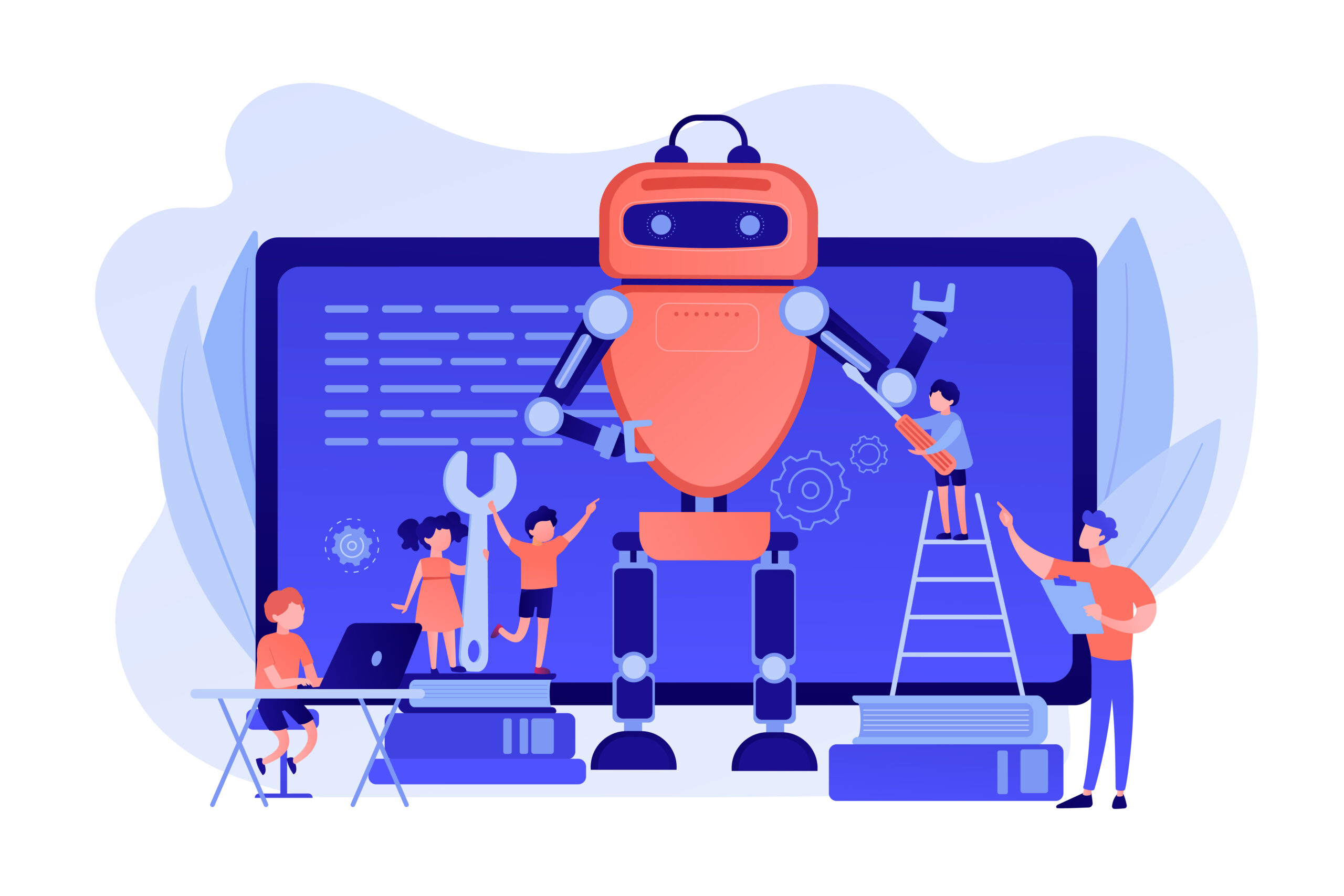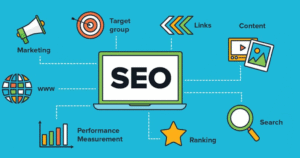B2B vs B2C: Tailoring AI Chatbot Development Services to Different Business Models
Introduction As AI chatbots become central to digital customer engagement, businesses are increasingly investing in specialized AI chatbot development services....

Introduction
As AI chatbots become central to digital customer engagement, businesses are increasingly investing in specialized AI chatbot development services. But one crucial factor often overlooked is business model alignment. Whether your company operates in a B2B (Business-to-Business) or B2C (Business-to-Consumer) space, the chatbot’s functionality, tone, integration needs, and user journey design must be tailored accordingly.
In this blog, we’ll break down how AI chatbot development services should be uniquely tailored to the needs of B2B vs. B2C businesses, covering key differences in user behavior, expectations, technical requirements, and use cases. This is essential reading for any company looking to maximize ROI on chatbot development in 2025 and beyond.
The Role of AI Chatbots in Modern Business
Before diving into B2B and B2C use cases, let’s understand the primary value AI chatbots bring:
- 24/7 instant support
- Improved lead qualification
- Automated FAQs
- Reduced support workload
- Enhanced personalization
- Integration with CRMs, ERPs, and marketing tools
However, how these features are implemented—and what priority they hold—varies dramatically depending on whether you serve individual consumers or business clients.
Key Differences Between B2B and B2C Chatbot Needs
| Feature | B2B Chatbot | B2C Chatbot |
|---|---|---|
| Target Users | Decision-makers, buyers, procurement teams | Everyday consumers, shoppers |
| Conversation Depth | Long, technical, multi-step conversations | Short, quick, transactional chats |
| Response Complexity | High (needs accuracy + detailed info) | Medium (FAQs, purchase help) |
| Lead Qualification | Crucial – identifies high-intent B2B leads | Less complex – basic data capture |
| CRM Integration | Deep (HubSpot, Salesforce, Pipedrive) | Often with ecommerce platforms |
| Tone of Voice | Professional, formal, consultative | Friendly, brand-aligned, conversational |
| Journey Flow | Multiple touchpoints, nurturing | Fast conversion (e.g., checkout, booking) |
A skilled AI chatbot development service will tailor both the conversational UX and backend architecture to suit these differences.
How AI Chatbot Development Services Are Tailored for B2B Businesses
B2B interactions typically involve higher-ticket products, longer sales cycles, and multiple stakeholders. The chatbot must serve as a smart assistant that supports this complexity.
Key Features of B2B Chatbots:
- Advanced Lead Scoring
Chatbots should qualify leads based on job title, company size, budget, and buying intent. - Meeting Scheduling
Integration with tools like Calendly or Outlook is vital for setting up demos or consultations. - Deep CRM Integration
AI chatbots must feed lead data directly into CRMs like Salesforce, HubSpot, or Zoho, enriching contact profiles automatically. - Conversational Workflows for Multiple Departments
Chatbots may serve sales, support, HR, and onboarding, so multi-functionality is essential. - Custom NLP Training
B2B bots must understand technical queries or industry-specific jargon—requiring domain-specific NLP tuning. - Security and Compliance
Since B2B often involves sensitive data or enterprise clients, chatbots must support compliance (e.g., GDPR, ISO 27001) and secure APIs. - Multi-step Forms and Qualification Funnels
Bots should capture more than just names—project scope, challenges, goals, and timeline are common inputs in B2B.
How AI Chatbot Development Services Are Tailored for B2C Businesses
In B2C, speed, simplicity, and emotional connection matter most. Users often seek instant help with orders, product recommendations, or returns.
Key Features of B2C Chatbots:
- Ecommerce Integration
Bots should plug into Shopify, WooCommerce, or Magento to handle inventory queries, order tracking, and cart recovery. - Product Recommendations
Using AI, bots can suggest products based on browsing history, trends, or prior purchases—boosting AOV (Average Order Value). - Transactional Capabilities
B2C bots can handle payments, discount applications, and even refunds within the chat interface. - Real-Time Support with Escalation
If bots can’t resolve an issue, they must quickly escalate to live agents, especially during peak hours. - Multilingual Support
Global consumer brands often require bots to support 5–10+ languages to cater to international customers. - Social Commerce Integration
AI chatbot development services for B2C brands often include WhatsApp, Instagram, and Facebook Messenger integration to support conversational commerce. - Emotion & Sentiment Detection
Sentiment-aware bots improve satisfaction by adapting tone based on frustration, confusion, or excitement.
Use Case Examples
🔹 B2B Example: SaaS Company
A SaaS platform selling HR software uses an AI chatbot to:
- Qualify inbound leads with MQL/SQL filters
- Book demos with account reps
- Provide documentation and technical specs
- Route enterprise queries to partner sales teams
- Track leads in Salesforce with behavior logs
🔹 B2C Example: Online Fashion Brand
A fashion retailer implements an AI chatbot to:
- Recommend outfits based on style quizzes
- Offer promo codes to exit-intent visitors
- Track and manage return requests
- Push cart abandonment reminders via WhatsApp
- Support multilingual live chat during holiday sales
Choosing the Right AI Chatbot Development Service
No matter your business model, selecting a provider who understands your industry, audience behavior, and sales funnel is critical.
Here’s what to ask before hiring a development partner:
- Do you specialize in B2B, B2C, or both?
- Can you customize NLP and integrations to match my workflows?
- What analytics tools do you provide for tracking ROI?
- Do you offer multilingual or omnichannel deployment?
- How do you ensure data security and compliance?
The best AI chatbot development service will provide end-to-end support: from planning and design to launch, training, optimization, and reporting—ensuring the chatbot adapts to evolving business needs.
Conclusion
B2B and B2C businesses operate in distinct ecosystems—each with its own goals, processes, and customer expectations. Your chatbot strategy should reflect that.
By tailoring your chatbot’s tone, features, integrations, and intelligence level to your business model, you’ll not only improve user experience but also boost conversions, efficiency, and brand trust.
Partnering with the right AI chatbot development service is what turns a simple automation tool into a powerful growth engine—whether you’re chasing enterprise leads or serving thousands of consumers daily.





